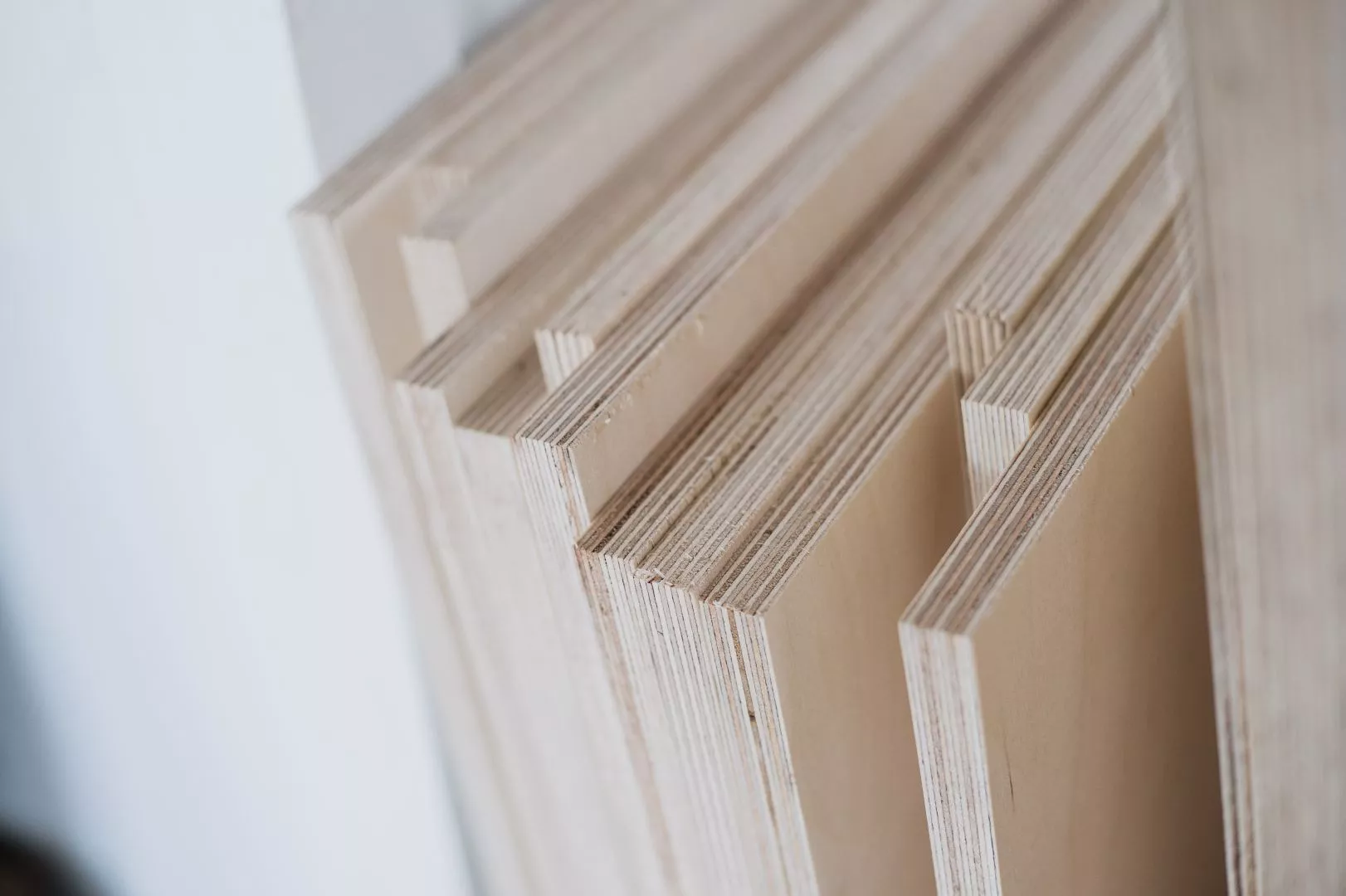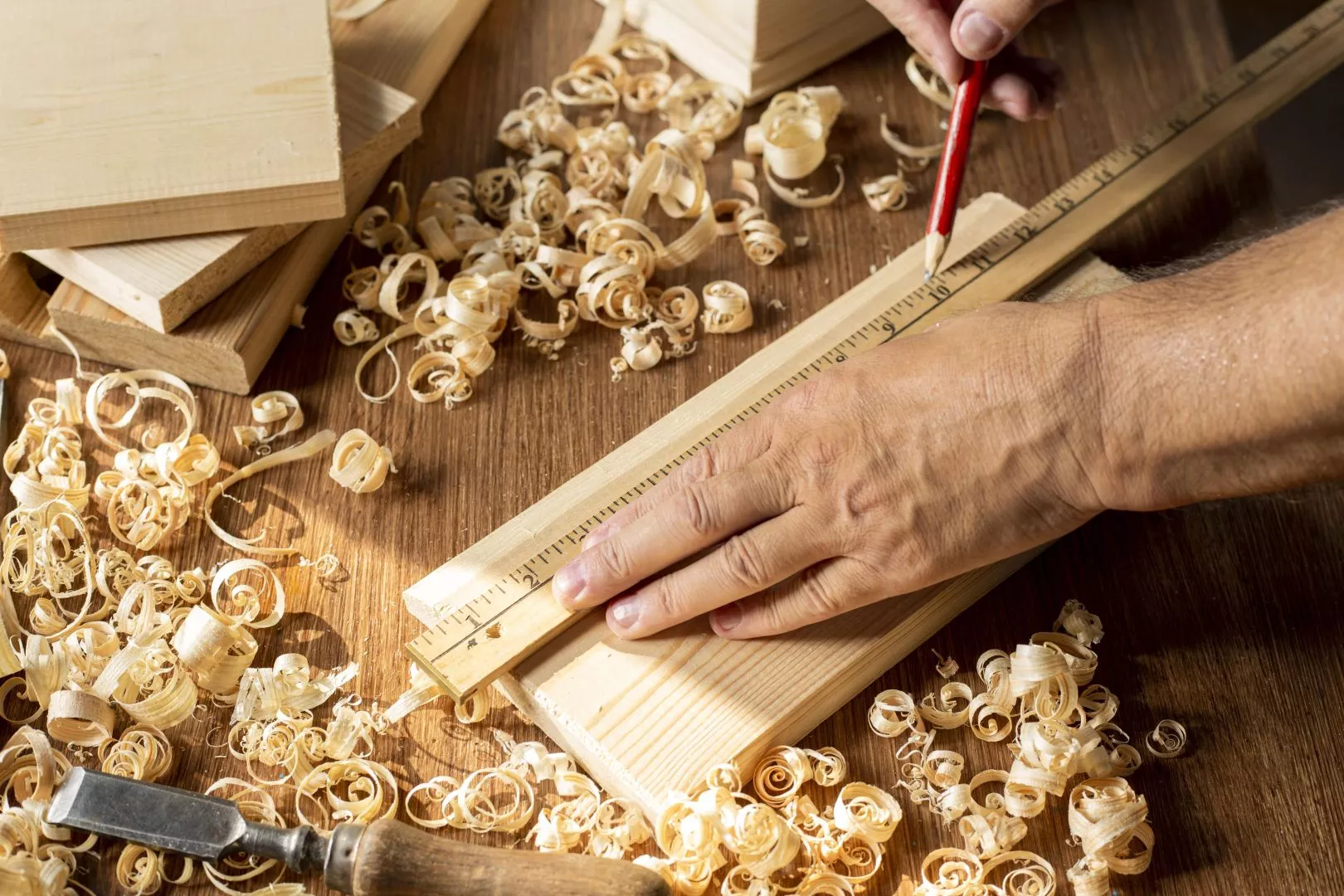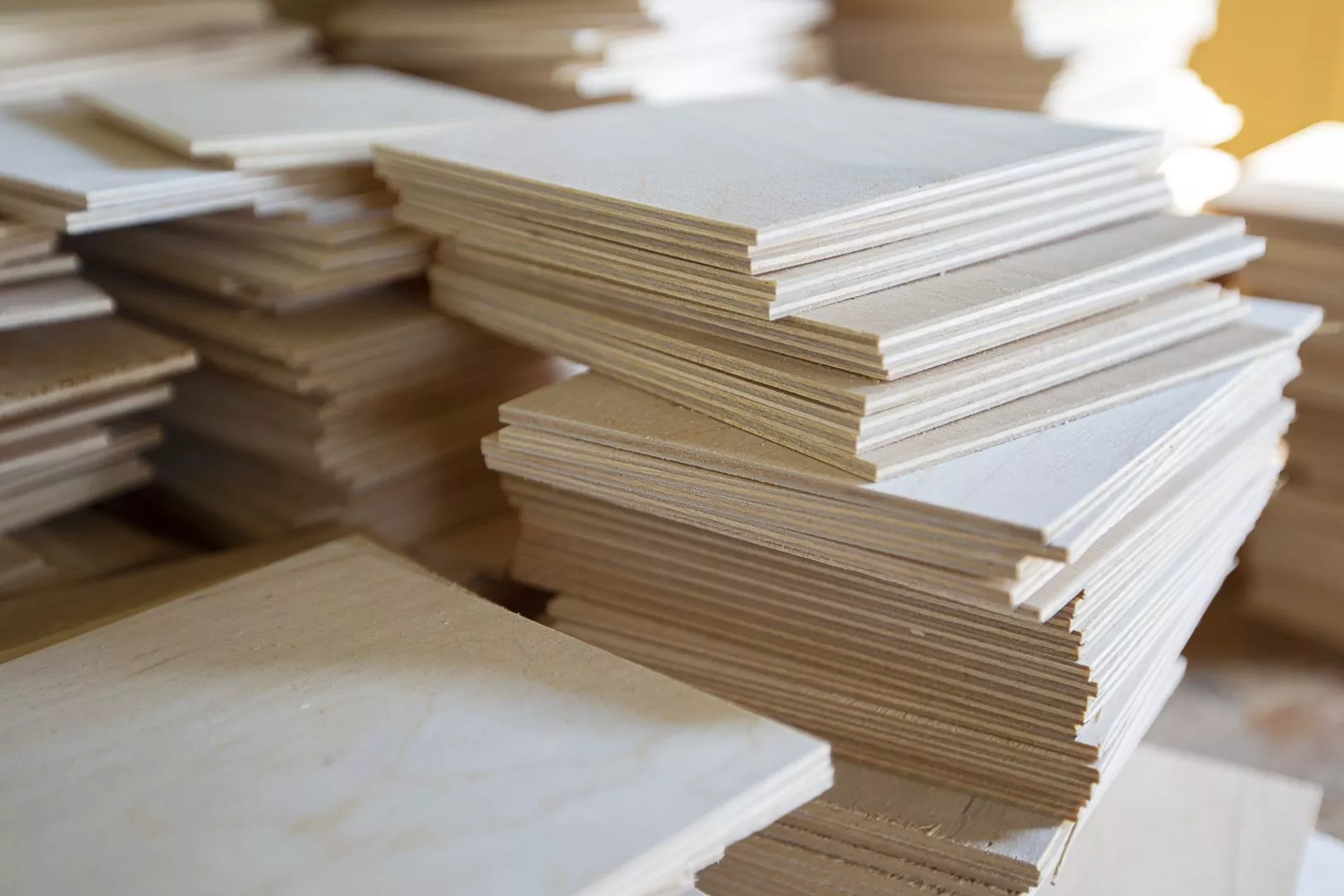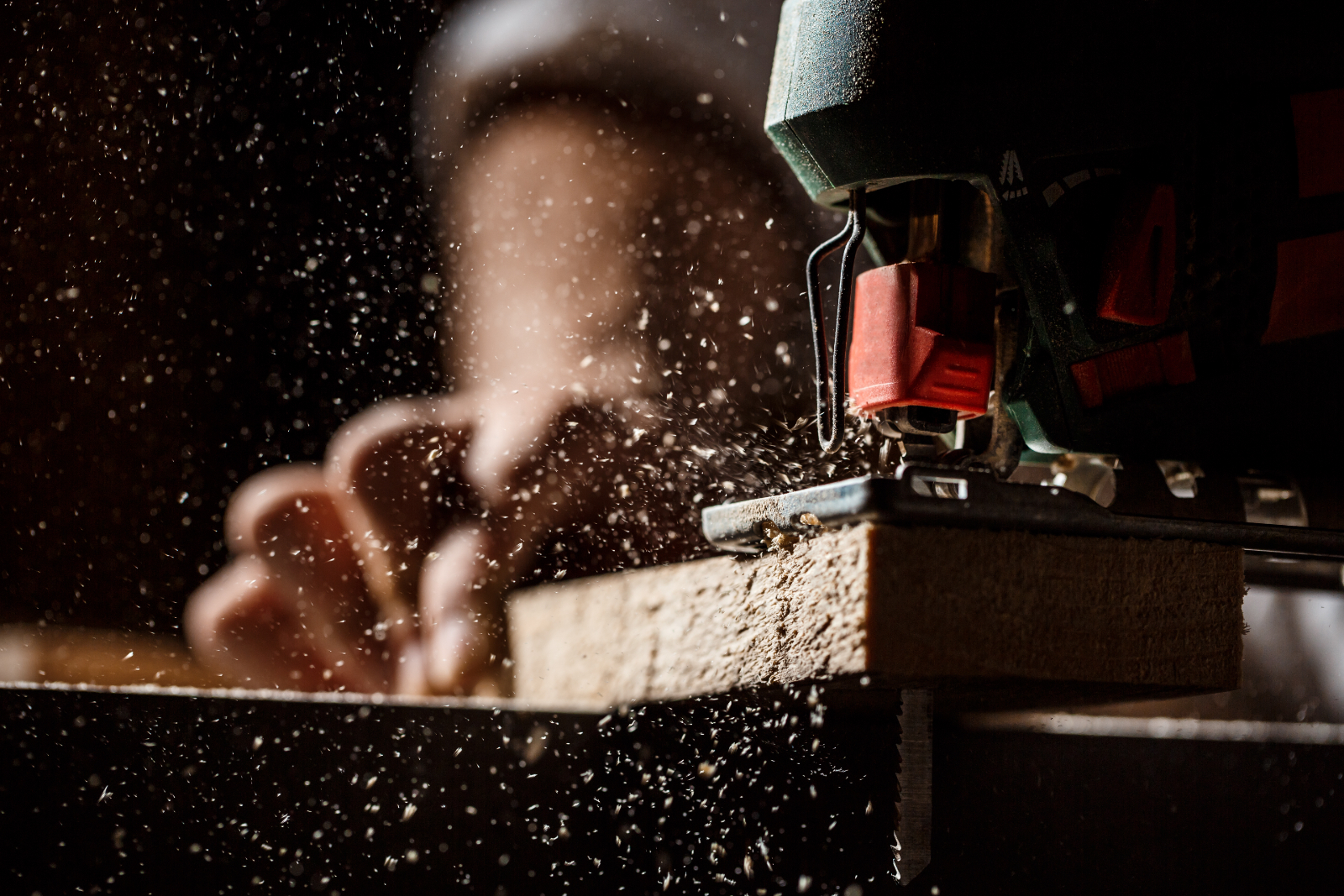Read more about choosing the right plywood for your project. Whether you're a DIY enthusiast or a professional builder, discover the factors that influence the selection of the perfect plywood for your specific project needs. From structural integrity to aesthetic considerations, our guide provides essential tips to make informed decisions.
The Grades Of Plywood
Plywood, a material frequently used in building and construction work, is classified and graded by its quality, appearance, and suitability for different applications. This grading system helps professionals and DIY enthusiasts alike in selecting the plywood that best fits their needs.
The grade of plywood is dependent on several factors and the classifications range from A to D. Grade A plywood represents the highest level of quality. It is ideal for projects that require a high degree of aesthetic appeal due to its excellent finish and minimal defects.
Furniture building is a typical use for Grade A, where the appearance of the plywood is important. Grade B, though not as flawless as Grade A, boasts of reliable quality as well. Grade B plywood is also favoured for furniture making, although minor blemishes and knots may be visible.
Next comes Grade C. This grade of plywood might contain a few more imperfections and is commonly recommended for construction projects where appearance isn't crucial. Finally, there is Grade D plywood - the lowest in quality. It's most suited for structural purposes where the look of the plywood isn't essential.
Despite being of lower quality in comparison to the other grades, Grade D plywood can still effectively serve the purpose for which it is chosen. It's important to remember, irrespective of grades, that all plywoods serve unique functions and have differing merits.
The Main Types Of Plywood
Plywood, as a versatile manufactured wood product, comes in a variety of types. Each form of plywood is specifically designed using different materials to cater to different functionalities. Some common types of plywood encountered in most building and DIY projects include Birch Plywood, Softwood Plywood, Hardwood Plywood, and Marine Plywood.
Birch Plywood is often the first choice for many woodworkers because it is exceptionally robust and durable. Owing to its strength, it is widely utilised in crafting items of furniture that need to withstand the test of time. This type of plywood is made from birch, a strong and versatile wood that gives the final product its unique capabilities.

Softwood Plywood, on the other hand, is easier to craft as it is less dense than other types. It's typically made using pine, fir or spruce, which offers an affordable and accessible option for a variety of applications. It's slightly more cost-effective than its birch counterpart, which makes it a popular choice for projects with lower budget constraints. When considering construction projects that require a secure and sturdy build, Hardwood Plywood is often the go-to choice.
Made from woods like oak, mahogany, and maple, this plywood offers a high grade of strength and durability. As a result, it is frequently chosen for demanding construction projects where robustness is paramount.
Marine Plywood is a particular type of plywood specifically designed for use in environments that are frequently exposed to water. It is constructed in a way that its layers do not trap water, resulting in superior resistance to rotting. This attribute makes Marine Plywood perfect for applications such as boat construction or outdoor furniture that must battle the elements.
By appreciating these distinctive varieties of plywood, users can make sure they're selecting the correct material for the job, ensuring the reliability and longevity of their projects. Whether you're constructing a cabinet from Birch Plywood, a birdhouse from Softwood, a hardwood floor, or a boat from Marine Plywood, understanding these materials is key to successful craftsmanship.
Factors To Consider When Choosing Plywood
Plywood is a commonly used material for various home improvement or construction projects. However, it's notable that all plywood is not created equal. There are many factors you should consider when choosing plywood for your project that can highly influence the final outcome. Here are some of the pivotal elements to consider meticulously:
- Plywood's Grade: Plywood comes in various grades, each appropriate for different applications. The most common grades are A, B, C, and D, with A-grade plywood being the finest quality with minimal imperfections and D-grade being the lowest, having visible knots and splits.
- Thickness: The thickness of plywood is crucial, particularly if you're using the plywood for load-bearing purposes. Thickness can vary, so make sure to choose the suitable one for your project.
- Type of Wood: Plywood is made from a variety of different types of wood, each with distinct characteristics. Common types include hardwood plywoods like birch, oak, and mahogany, and softwood plywoods such as pine, spruce, and cedar. The type of project you're undertaking would determine the type of wood you should choose.
- Number of Plys: The number of layers or plys that a piece of plywood has can impact its strength and stability. The more plys, the stronger and more stable the plywood is likely to be.
- Adhesive Used: The type of adhesive used to stick the plys together is critical as it can impact the overall durability and moisture resistance of the plywood. For exterior applications, choosing plywood made with waterproof or water-resistant adhesive is essential.
- Moisture Resistance: Depending on where the plywood will be used, you might need to consider its moisture resistance. If you're planning on using the plywood outside or in a moist environment, select plywood that is water-resistant or has been treated for water resistance.

The Best Plywood For Budget Projects
If a project's budget is your main worry, Theos Timber recommends the Oriented Strand Board (OSB) as a budget-friendly alternative. Although it may not be as robust as plywood, it is still a trustworthy option when it comes to temporary structures.
OSB is a type of engineered wood fashioned from compressed layers of wood strands with adhesive. It's renowned for its fantastic value for money, making it a popular choice for many do-it-yourself enthusiasts and construction experts. This board's adaptability makes it suitable for a wide variety of applications including wall sheathing, floor underlay and roof decking.
Whilst it's true that OSB isn't as durable as plywood, it still proves resilient in many circumstances. For drawing out a project lifespan, particularly those involving temporary structures such as event staging, pop-up shops or exhibition stands, OSB comes highly recommended. Making cost-effective decisions without compromising on quality can be a challenge, but with the help of Theos Timber, it becomes easier.
We are always here to guide you and suggest the best materials to suit your budget and project requirements. If you have any queries, don't hesitate to call us on 0161 834 6789. Budget shouldn't be a barrier to success, and with careful choices, it doesn't have to be.
Which Type Of Plywood Is Most Attractive?
Choosing the right type of plywood for your project can be a bit tricky, especially since the choice depends largely on your project's overall aesthetic requirements. Many people find hardwood plywood appealing due to its elegant grain details and flexibility.

One particular type that has earned a spot in the hearts of many is Oak plywood. In the realm of woodworking, Oak plywood sits pretty as a leading choice for many woodworkers, DIY enthusiasts, and craftspeople. Its popularity can primarily be attributed to its undeniably rich and warm appearance.
This unique aesthetic quality echoes the natural beauty of real oak and adds a touch of sophistication to any project, enabling you to craft something truly remarkable.
Oak plywood is a fantastic option for those who seek to infuse their projects with a sense of classiness and charm. Working with this material, you not only enjoy the added benefit of its durability and sturdiness but also its capacity to elevate the aesthetic appeal of your finished project.
However, like all materials, it’s imperative to remember that its suitability largely depends on the specific look and feel you aim to achieve with your project. If your goal is to create something with an enduring and timeless appeal, then Oak plywood is a great choice. Whether it's crafting a beautiful piece of furniture, a stunning set of shelves, or even a gorgeous wooden floor, Oak plywood’s richness and warmth can lend a hand in leaving a lasting impression.
Are you looking for plywood timber delivery in Manchester and the surrounding areas? We offer a range of timber cut to size for Manchester, Liverpool, Preston, Oldham, Stockport, Warrington and the surrounding areas.

